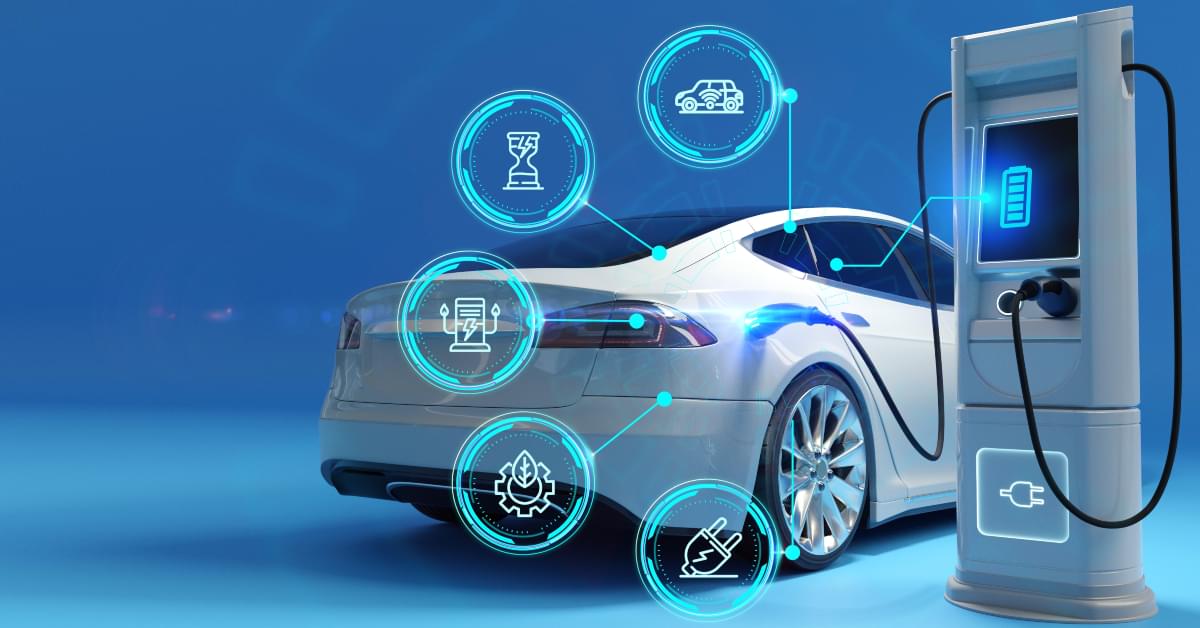Electric vehicles (EVs) are transforming the automotive landscape. As concerns about climate change, fossil fuel dependency, and air pollution grow, EVs have emerged as a cleaner, more sustainable alternative to traditional internal combustion engine (ICE) vehicles. With advancements in battery technology, infrastructure, and design, electric vehicles are no longer a niche product—they are becoming a mainstream choice for individuals and businesses around the world.
This article explores what electric vehicles are, how they work, their benefits and challenges, and the key trends shaping the future of electric mobility.
What Are Electric Vehicles?
Electric vehicles are cars or other forms of transport that use one or more electric motors powered by rechargeable batteries, rather than relying on gasoline or diesel fuel. There are several types of electric vehicles:
- Battery Electric Vehicles (BEVs): Fully electric and powered solely by batteries. Examples include the Tesla Model 3 and Nissan Leaf.
- Plug-in Hybrid Electric Vehicles (PHEVs): Combine an electric motor with a traditional engine. They can run on electricity for short distances and switch to fuel for longer drives.
- Hybrid Electric Vehicles (HEVs): Use a combination of electric and fuel power, but cannot be plugged in; they recharge through regenerative braking and the engine.
- Fuel Cell Electric Vehicles (FCEVs): Use hydrogen fuel cells to generate electricity for propulsion.
How Electric Vehicles Work
Electric vehicles use a large battery pack to store electricity, which powers an electric motor that drives the wheels. Unlike gasoline engines, which burn fuel to generate power, EVs convert electrical energy directly into mechanical energy with high efficiency.
Key components of an electric vehicle include:
- Battery Pack: Stores the electrical energy used to power the vehicle.
- Electric Motor: Converts electricity into mechanical energy.
- Inverter: Converts direct current (DC) from the battery into alternating current (AC) for the motor.
- Charging Port: Used to recharge the battery from external sources.
- Controller: Regulates power flow between the battery and motor.
Benefits of Electric Vehicles
Electric vehicles offer numerous advantages over traditional fuel-powered vehicles, both for consumers and the environment.
1. Lower Operating Costs
EVs are generally cheaper to operate than gas-powered cars. Electricity costs less per mile than gasoline, and EVs require less maintenance because they have fewer moving parts. There’s no need for oil changes, exhaust system repairs, or transmission maintenance in fully electric cars.
2. Environmental Impact
EVs produce zero tailpipe emissions, which helps reduce air pollution and greenhouse gas emissions. When powered by renewable energy sources like solar or wind, their environmental benefits are even greater.
3. Improved Performance
Electric motors provide instant torque, which leads to smooth and quick acceleration. Many EVs offer a quiet, vibration-free ride with a lower center of gravity, improving handling and stability.
4. Government Incentives
Many countries offer financial incentives to encourage EV adoption. These include tax credits, rebates, reduced registration fees, and access to carpool lanes. Such policies help offset the initial cost of purchasing an EV.
5. Energy Independence
Electric vehicles reduce dependence on oil, contributing to greater energy security. As countries shift toward cleaner energy sources, EVs help support the transition to more sustainable energy systems.
Challenges of Electric Vehicles
Despite their many advantages, electric vehicles come with certain limitations that are gradually being addressed.
1. Range Anxiety
One of the most common concerns is driving range. While many EVs now offer over 250 miles on a single charge, range anxiety—the fear of running out of battery before reaching a charging station—remains an issue for some drivers.
2. Charging Infrastructure
The availability and speed of charging stations vary widely by region. Although public charging networks are growing, they may still be limited in rural or less developed areas. Fast charging can also place strain on power grids and is not yet as widely available as fuel stations.
3. Initial Cost
EVs typically have a higher upfront cost compared to gasoline vehicles, mainly due to battery expenses. However, this cost gap is shrinking as battery technology advances and production scales up.
4. Charging Time
Recharging an electric vehicle takes longer than refueling with gasoline. While home charging overnight is convenient, longer trips may require planning to accommodate charging stops, especially if fast chargers are not accessible.
5. Battery Degradation
Over time, EV batteries can lose capacity, reducing range and performance. Modern batteries are designed to last many years, and warranties often cover up to 8 years or more, but replacement can be costly if needed.
The Future of Electric Vehicles
The electric vehicle industry is growing rapidly, and several trends are shaping its future.
1. Expansion of Charging Networks
Governments and private companies are investing heavily in building fast, reliable charging infrastructure. Urban centers, highways, and even shopping centers are now equipped with EV charging stations to make recharging more accessible.
2. Battery Innovation
Advancements in battery chemistry, such as solid-state batteries and lithium iron phosphate (LFP) cells, promise greater energy density, faster charging, and longer lifespans. These improvements will reduce costs and extend vehicle range.
3. More Vehicle Options
Automakers are expanding their electric vehicle lineups to include sedans, SUVs, trucks, and even commercial vehicles. Consumers now have more choices across different price points and performance levels.
4. Autonomous and Connected Technologies
Many EVs are equipped with advanced software, enabling features like autonomous driving, real-time diagnostics, and over-the-air updates. The integration of smart technology with electric drivetrains is setting the stage for the next generation of vehicles.
5. Government Regulations and Support
Many countries are setting targets to phase out the sale of internal combustion vehicles by 2030 or 2040. Strong policy support and investment in clean energy infrastructure will accelerate EV adoption worldwide.
Countries Leading in EV Adoption
Several countries are at the forefront of the electric vehicle revolution:
- Norway: Leading the world in EV market share, with most new car sales being electric.
- China: The largest EV market globally, with strong government support and domestic manufacturers.
- Germany: Investing heavily in infrastructure and EV manufacturing.
- United States: Home to major EV players like Tesla and implementing federal incentives to boost adoption.
Conclusion
Electric vehicles are no longer a vision of the future—they are a vital part of today’s transportation ecosystem. With growing environmental awareness, improving technology, and global policy shifts, EVs are set to become the dominant form of personal and commercial transport in the coming decades.
Whether you’re considering buying your first electric car or exploring how this shift impacts the world around you, understanding electric vehicles is essential. As the market evolves, embracing electric mobility offers benefits not just for individuals, but for the planet as a whole.








2 thoughts on “Electric Vehicles: Driving the Future of Transportation”
Pingback: From Self-Driving to Motorsport Marvels, Catch Up on Car Tech Updates - Car News 4 You
Pingback: Why the Luxury Electric Vehicle Market is Accelerating Fast - Car News 4 You
Comments are closed.